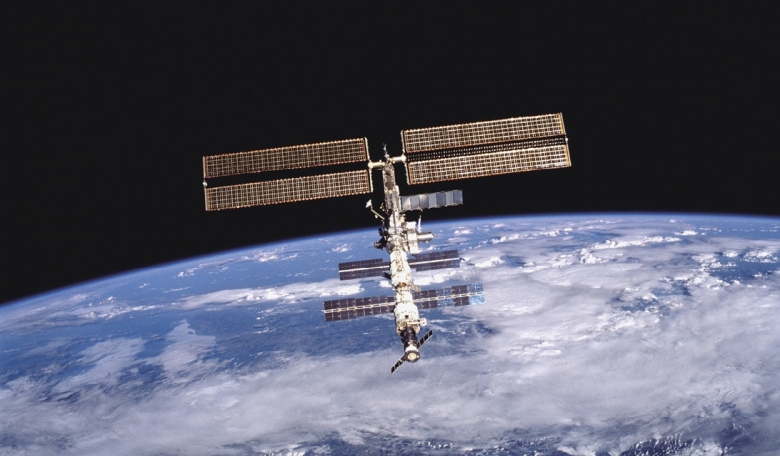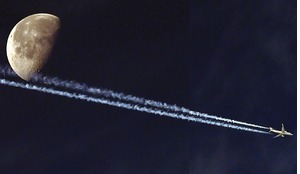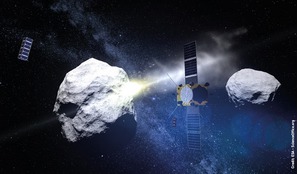It might seem a rather strange concept but since it was first proposed to the British Interplanetary Society in 2017 the suggestion of creating a ‘Space Museum’ has been starting to take on a life of its own. Dr Stuart Eves suggests that the idea may no longer be completely out of this world.
The potential hazards posed by space debris have been discussed for some time – Don Kessler’s pioneering paper on the possibility of a debris cascade was published in 1978. Only recently, however, has there been more widespread recognition of the need for space traffic control and some form of debris removal capability. The European Commission’s recent RemoveDEBRIS satellite mission represents a modest step in this direction (from a technical perspective at least) and it is generally assumed that the more redundant material we can get out of Earth orbit the better.
But is that really true? Are all defunct satellites truly redundant, or are there actually some objects out there that we would wish to preserve as important parts of our space heritage in some kind of space museum?














